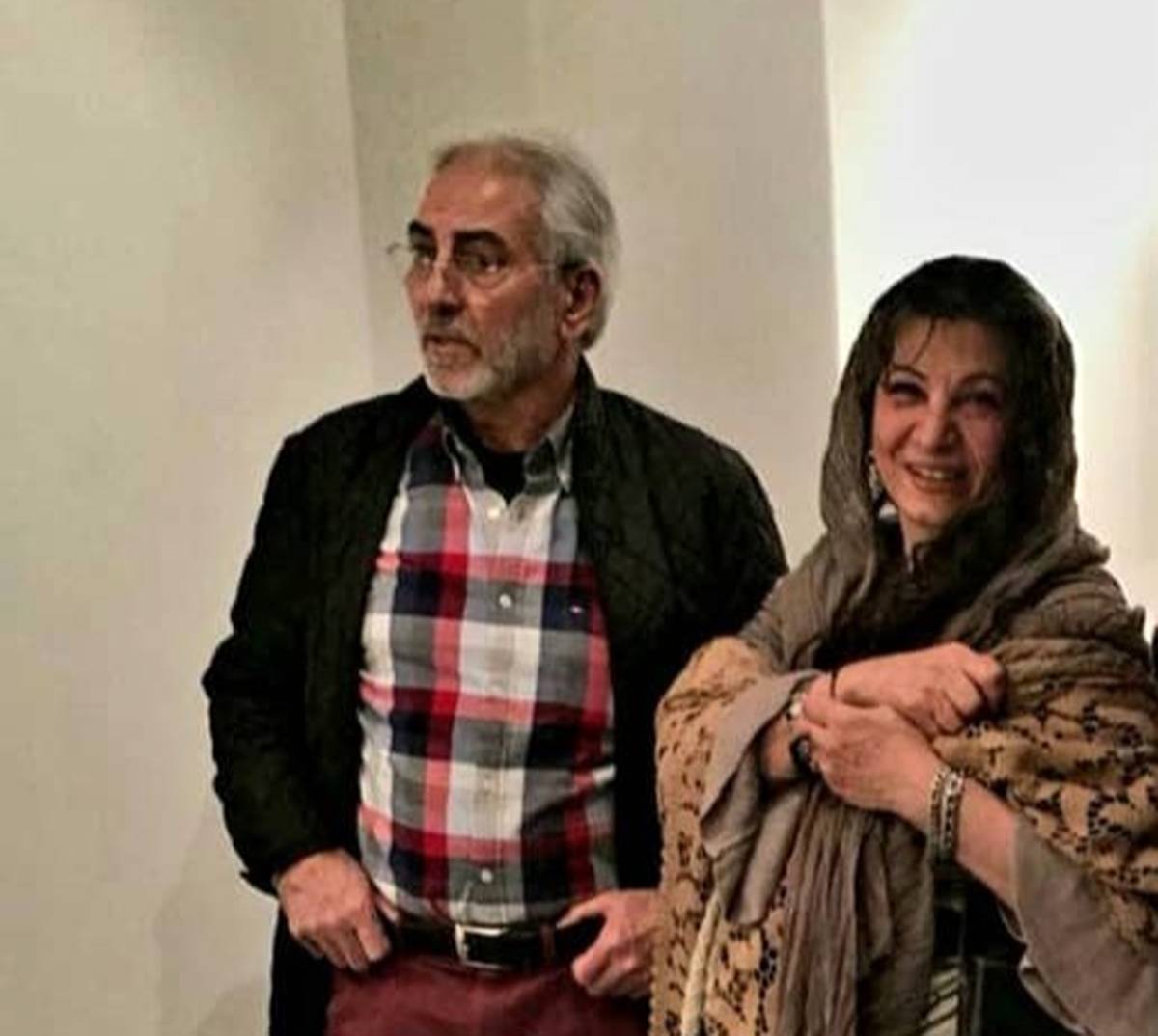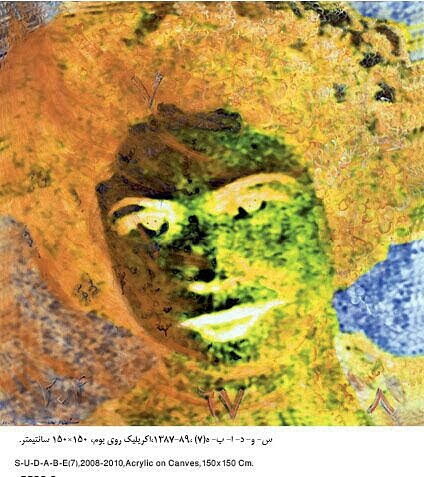
Revisiting Shahnaz Zehtab’s Works in the Hossein Mirkazemi Collection: Women, Tradition, and Contemporary Iranian Art
Shahnaz Zehtab (born 1959) is a distinguished figure in contemporary Iranian art. Her artistic journey began in the years following the Islamic Revolution, when universities were closed during the Cultural Revolution. These restrictions directed her toward private workshops and independent classes, most notably with Aydin Aghdashloo. With perseverance and passion, Zehtab eventually entered the university, yet her restless and searching spirit soon led her to rediscover the roots of Iranian art.
ArtDayMe _ Shahnaz Zehtab (born 1959) is a distinguished figure in contemporary Iranian art. Her artistic journey began in the years following the Islamic Revolution, when universities were closed during the Cultural Revolution. These restrictions directed her toward private workshops and independent classes, most notably with Aydin Aghdashloo. With perseverance and passion, Zehtab eventually entered the university, yet her restless and searching spirit soon led her to rediscover the roots of Iranian art.
In her early works, Zehtab created abstract compositions that reinterpreted traditional Persian miniature painting and architecture through a modern lens. Over time, however, social and cultural concerns—particularly the status of women in contemporary Iranian society—became increasingly central to her practice. The myth of the “Mother of Gods” emerged as a recurring symbol, representing feminine power, endurance, and suffering in new visual forms. The motif of the flower—her metaphor for womanhood—appears repeatedly throughout her works, interwoven with Islamic patterns and mandalas to form her distinctive artistic language.

A significant part of this creative trajectory is preserved in the collection of Engineer Hossein Mirkazemi, a refined Iranian architect and art collector. With a cultural vision and a strong sense of social commitment, Mirkazemi has assembled four paintings and two sculptures by Zehtab, safeguarding them as part of his collection.

Among the most remarkable works is a large-scale portrait of a woman (1×2 meters). The penetrating gaze, the magnified face, and the striking contrast between lapis blue and white evoke the resilience of Iranian women in the face of social pressures. Alongside this, two pieces from the series Me and Mohammad Siyah Qalam (2008) are included—works rendered entirely in white. Despite their apparent simplicity, they convey complex ideas: a woman resisting both monsters and angels, and two women embodying the triumph of feminine power over darkness and ugliness.

Another notable piece is a realistic portrait of the artist’s mother in her youth, created through a combination of digital print and painting, resulting in an atmosphere reminiscent of Pop Art.


In addition, Mirkazemi’s collection features two sculptures by Zehtab: a bust of Hossein Mirkazemi, and a sculpted head of a woman with butterflies on her face, from the series Lost Angels, which symbolizes feminine love and sacrifice carried to the edge of annihilation.

Shahnaz Zehtab’s works stand as a bridge between past and present, tradition and contemporaneity, myth and lived reality. Through her personal visual language, she redefines the place of Iranian women amid cultural and social contradictions. At the same time, the role of Hossein Mirkazemi as a collector demonstrates how informed and culturally committed patronage can provide a vital platform for the recognition and endurance of contemporary Iranian artists, both regionally and globally.

LEAVE A RELPY